Augmentative & Alternative Communication: Supporting Children and Adults with Complex Communication Needs 5th Edition
Augmentative & Alternative Communication: Supporting Children and Adults with Complex Communication Needs Fifth Edition:
The authoritative text on augmentative and alternative communication, this classic bestseller is now in its fifth edition—revised and updated for a new generation of SLPs, teachers, occupational therapists, and other professionals in clinical and educational settings. Partnering with a team of distinguished contributors, renowned experts David Beukelman and Janice Light deliver today’s most comprehensive, up-to-date introduction to AAC interventions and technologies for children and adults with complex communication needs. Future service providers will get in-depth coverage of essential AAC topics, enhanced by helpful study questions, valuable perspectives from people who use AAC, and case examples that illustrate key principles.
Significantly expanded with new chapters on critical topics, more practical information on how AAC systems work, and new online companion materials, this definitive text will expertly prepare readers to support communicative competence–and quality of life–for children and adults with complex communication needs.
Augmentative and Alternative Communication 5th Edition
WHAT’S NEW
Professionals will prepare for their work in the field with critical new information on:
- Collaborating with family members and other communication partners
- Making the most of mobile technologies and AAC apps
- Selecting an AAC system and tailoring it to individual needs
- Working effectively with families from diverse cultural backgrounds
- Supporting inclusion across the lifespan (including education, employment, and community life)
- Ensuring efficient patient-provider communication in medical settings
- Providing communication supports to people with autism spectrum disorder
PLUS: Enhance your teaching with a package of online companion materials, including a resource guide to help practitioners and students learn more about AAC; sample responses to chapter study questions; and a sample syllabus.
TOPICS COVERED: components and phases of AAC assessment * planning, implementation, and evaluation of AAC interventions * working with families *vocabulary and message selection *multimodal communication*unaided representations * aided AAC symbols and other representations * assistive technologies that support literacy * support for beginning communicators * education * employment * assisted and independent living * health care * selection and personalization of AAC systems * AAC access techniques and output * interventions for people with developmental disabilities * interventions for people with acquired disabilities * the importance of advocacy
Additional ISBNs:
∗ eText ISBN: 1681253046, 978-1681253046, 9781681253046
- See additional information on the Amazon.
More Details
Cover
Title Page
Copyright
Contents
About the Authors
About the Contributors
Preface
About the Online Companion Materials
Acknowledgments
Section I: People Who Require Augmentative and Alternative Communication
Chapter 1: Augmentative and Alternative Communication Processes for Children and Adults with Complex Communication Needs
Chapter 2: AAC Assessment
Chapter 3: Overview of AAC Intervention
Chapter 4: Collaborating with Family Members and Other Communication Partners
Section II: Augmentative and Alternative Communication Systems
Chapter 5: Vocabulary Selection and Message Management
Chapter 6: Representation, Organization, and Layout of AAC Systems
Chapter 7: Access Techniques and Output
Chapter 8: Selection and Personalization of AAC Systems
Section III: Augmentative and Alternative Communication Interventions for Individuals with Developmental Disabilities
Chapter 9: Key Considerations in Augmentative and Alternative Communication Intervention for People with Developmental Disabilities
Chapter 10: Intervention to Support Communication and Participation of Beginning Communicators
Chapter 11: Intervention to Build Communicative Competence
Chapter 12: Literacy Intervention for Individuals with Complex Communication Needs
Chapter 13: Intervention to Enhance Participation in Education, Employment, and Community Settings
Section IV: Augmentative and Alternative Communication Interventions for Individuals with Acquired Disabilities
Chapter 14: Individuals with Acquired Physical Conditions
Chapter 15: AAC Supports for Adults with Severe Aphasia and/or Apraxia of Speech
Chapter 16: Adults with Degenerative Cognitive and Linguistic Conditions
Chapter 17: Individuals with Traumatic Brain Injury
Chapter 18: Patient-Provider Communication in Medical Settings
Chapter 19: The Importance of Advocacy
Index


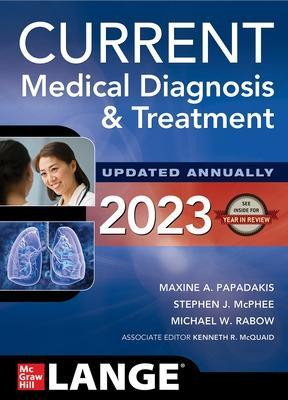
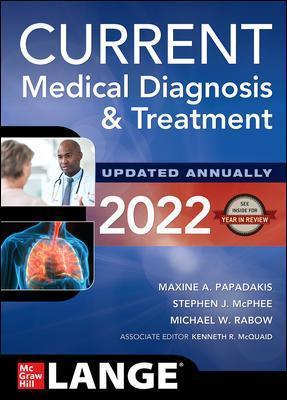
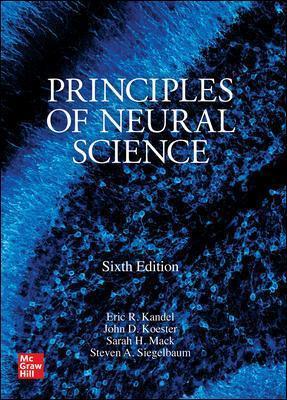





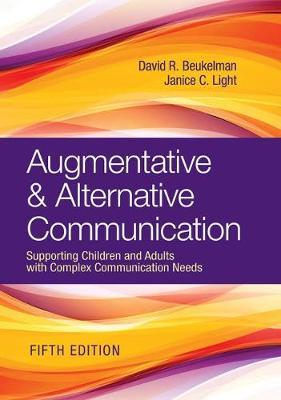

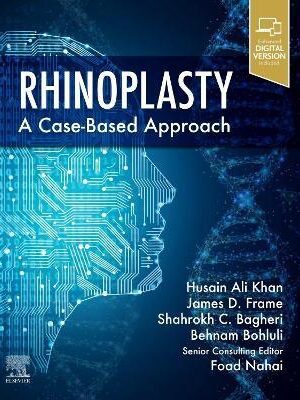



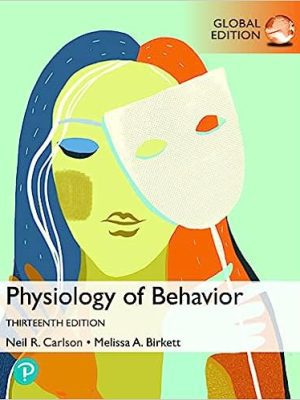

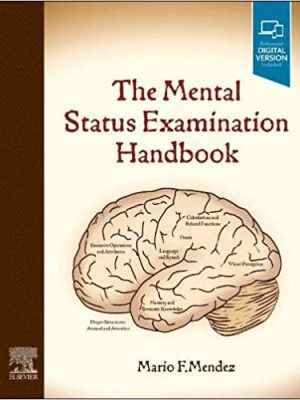
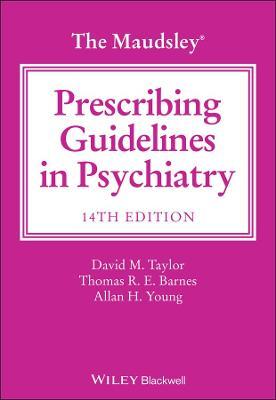
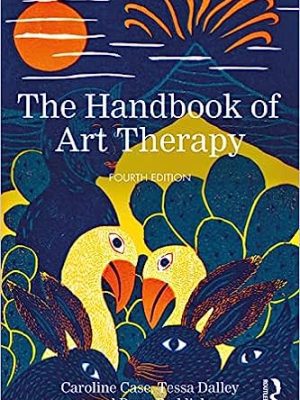
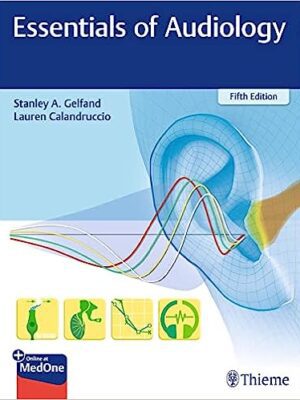
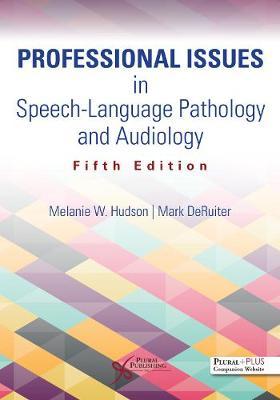
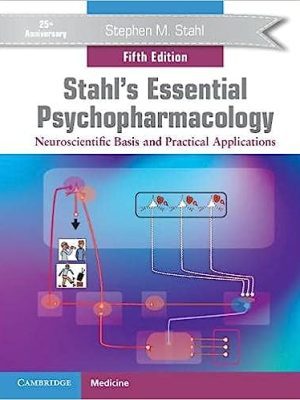
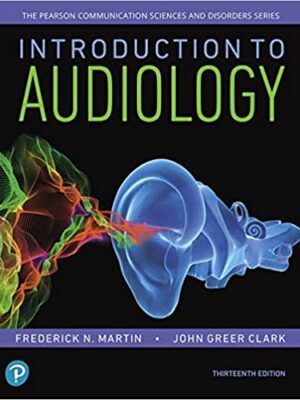
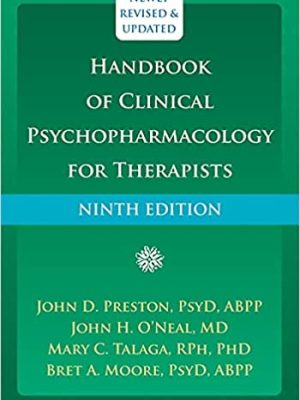
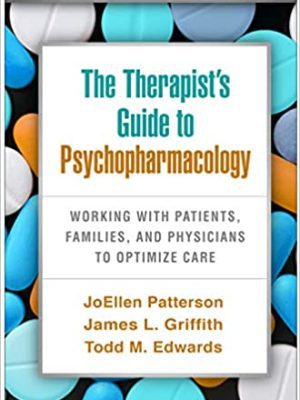
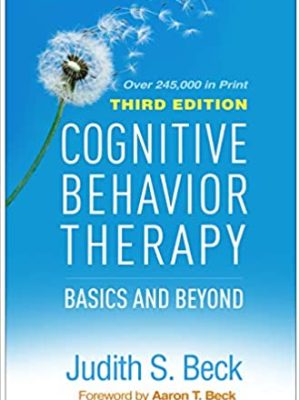
 Dentistry
Dentistry
Reviews
There are no reviews yet.